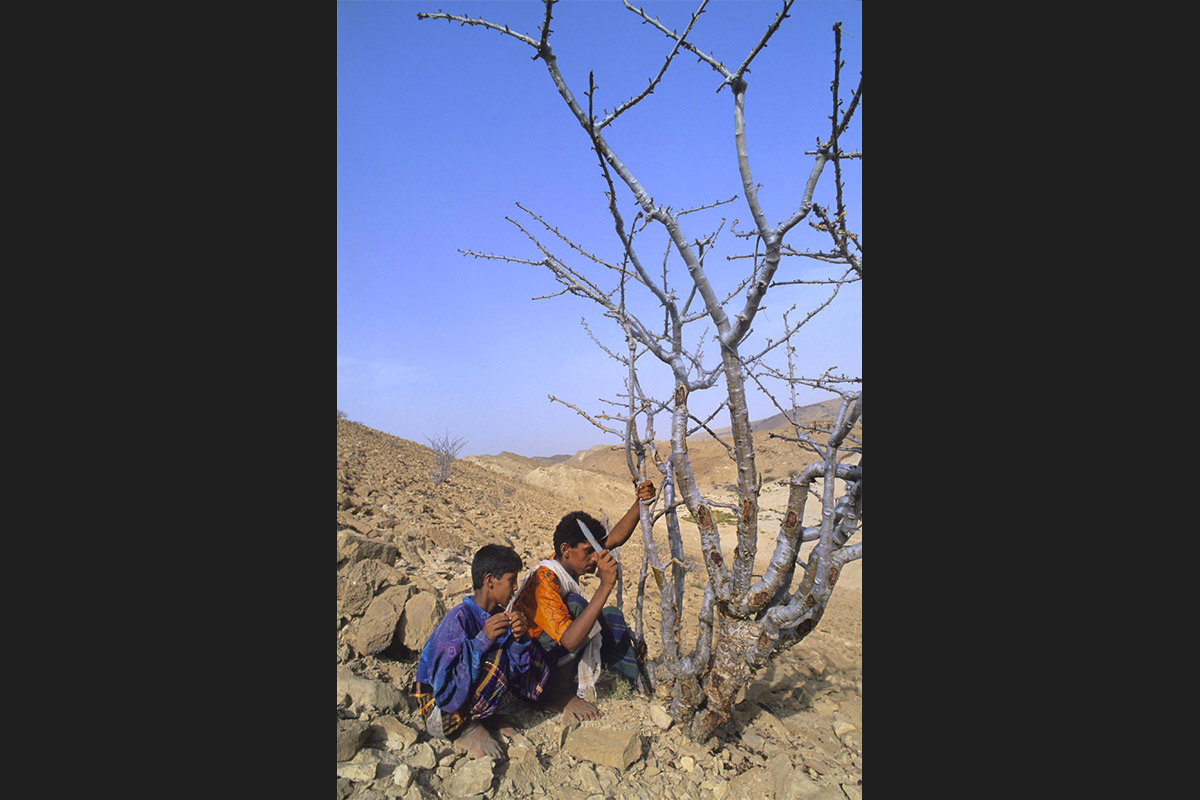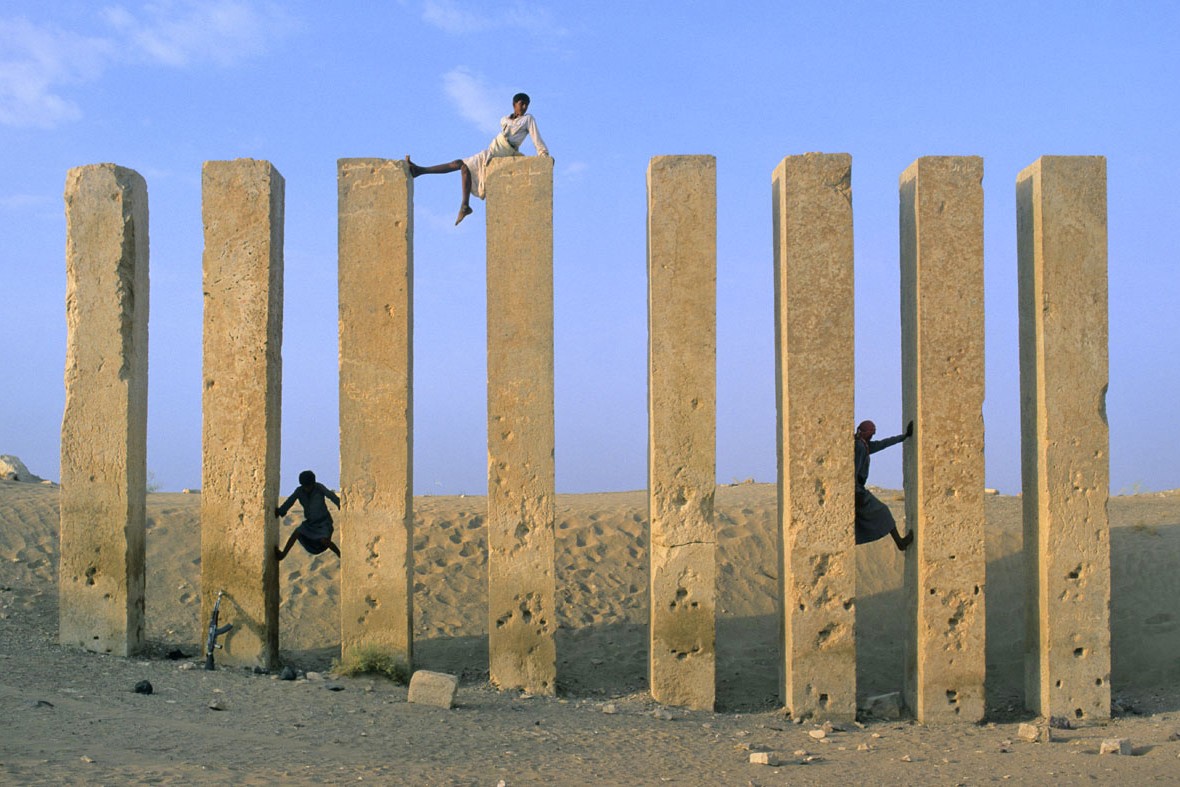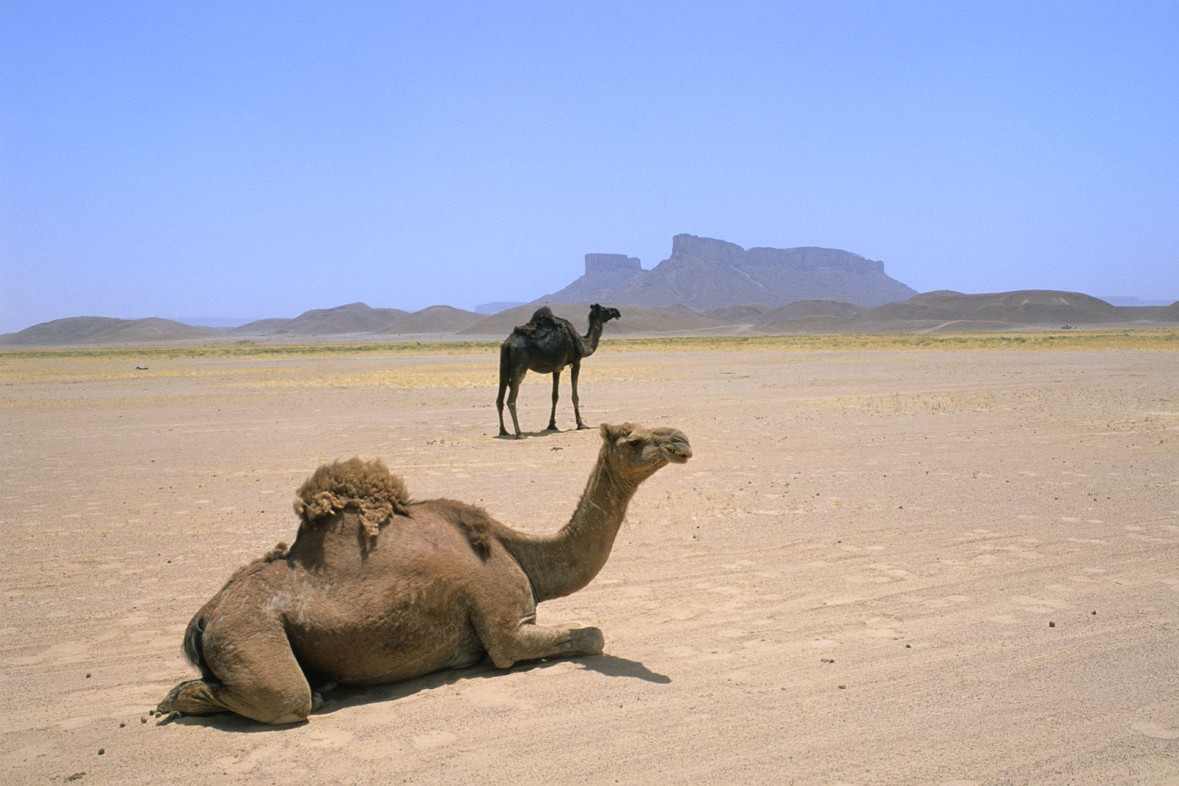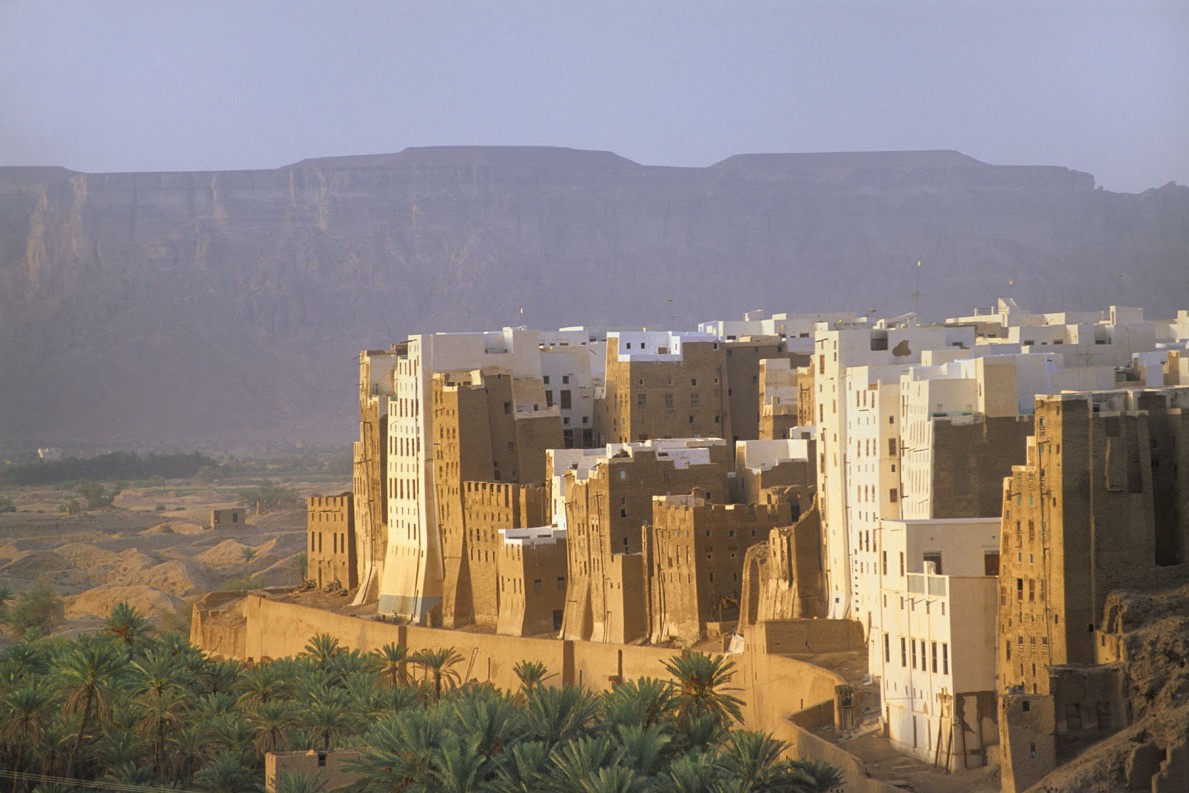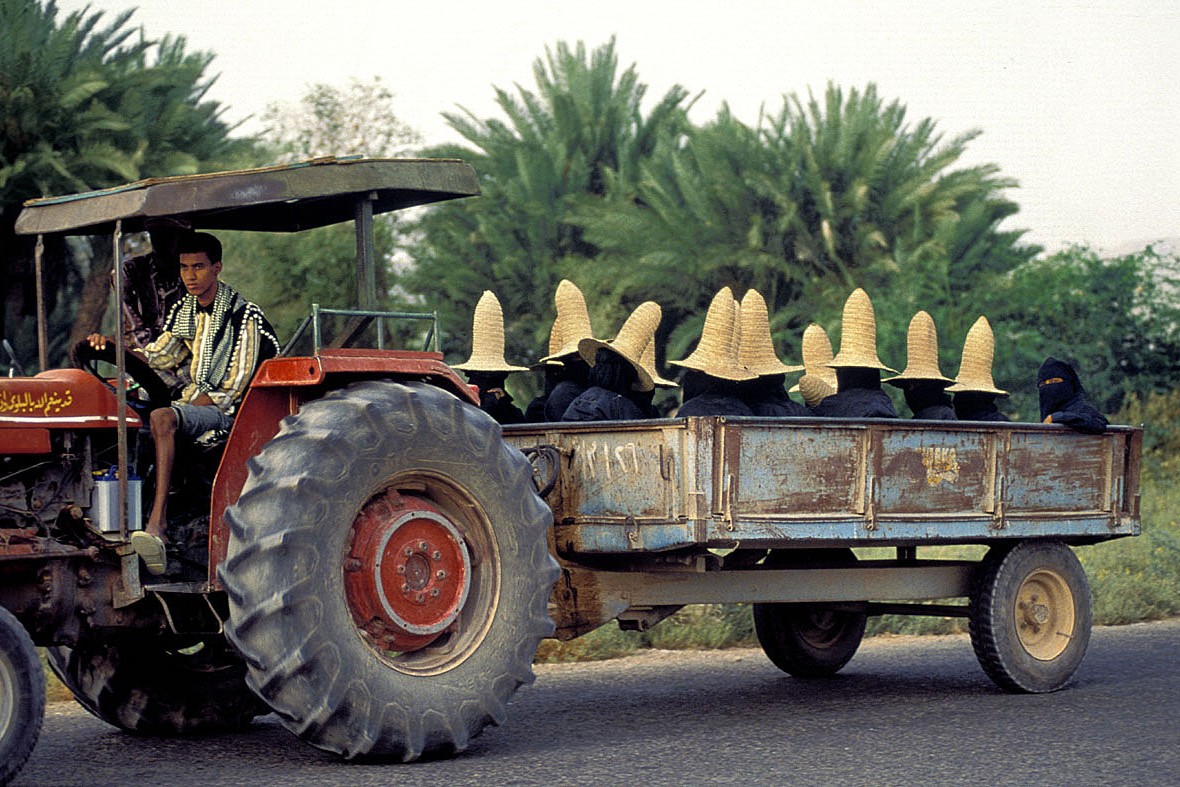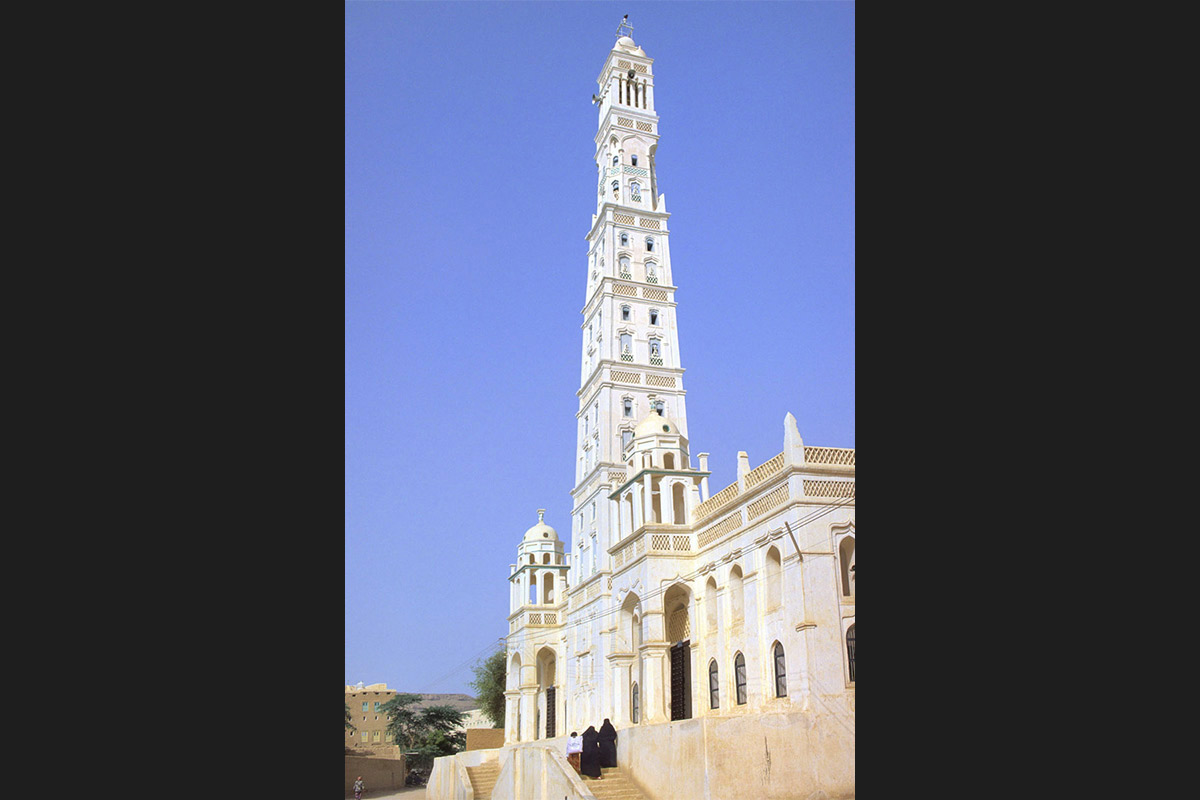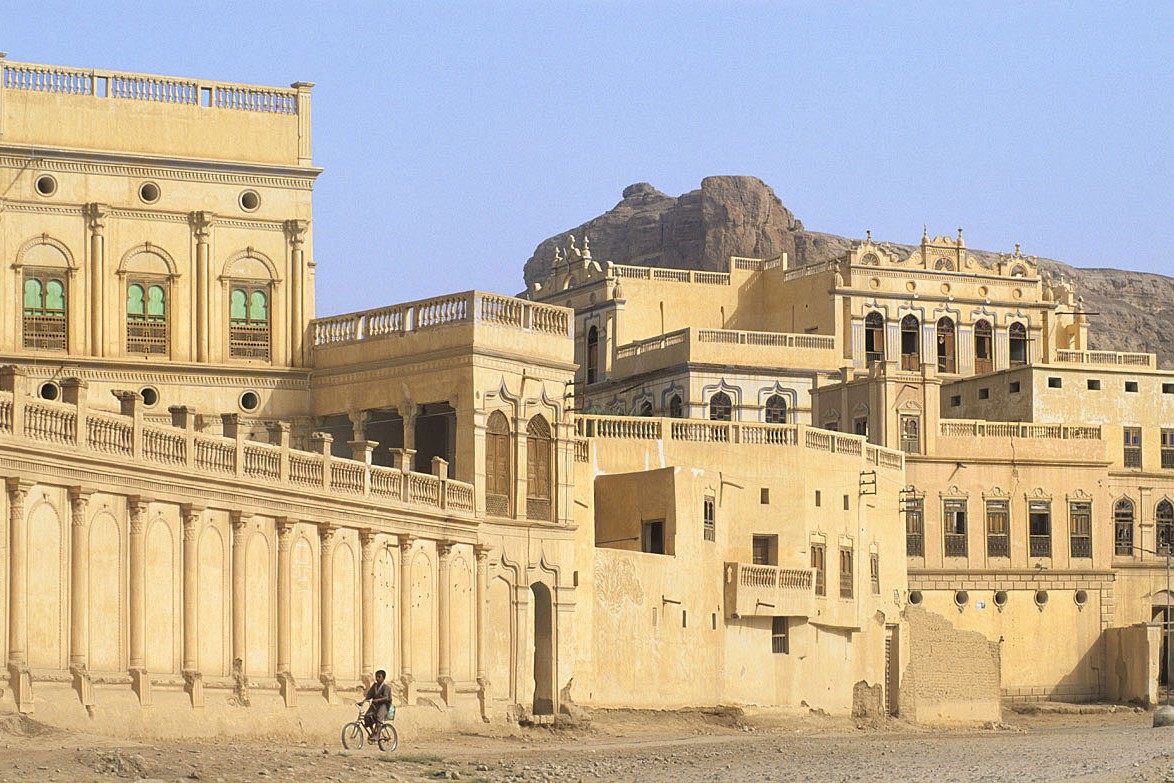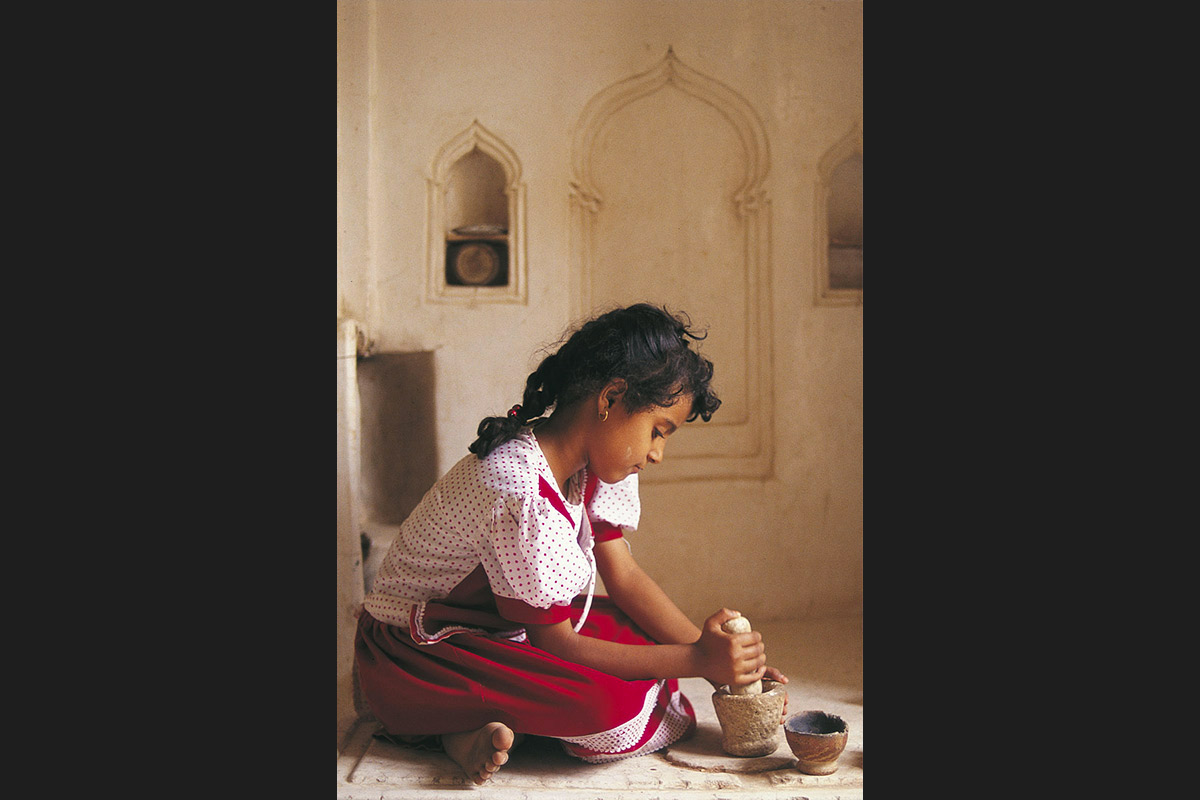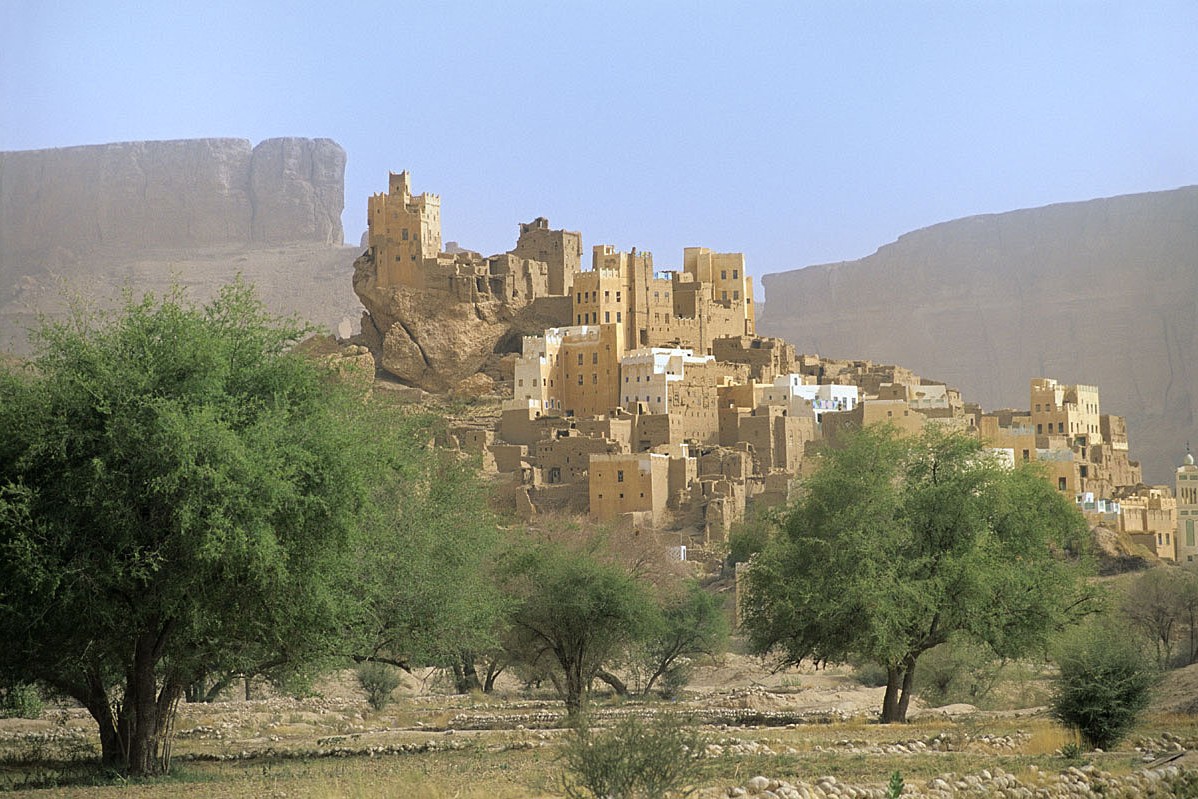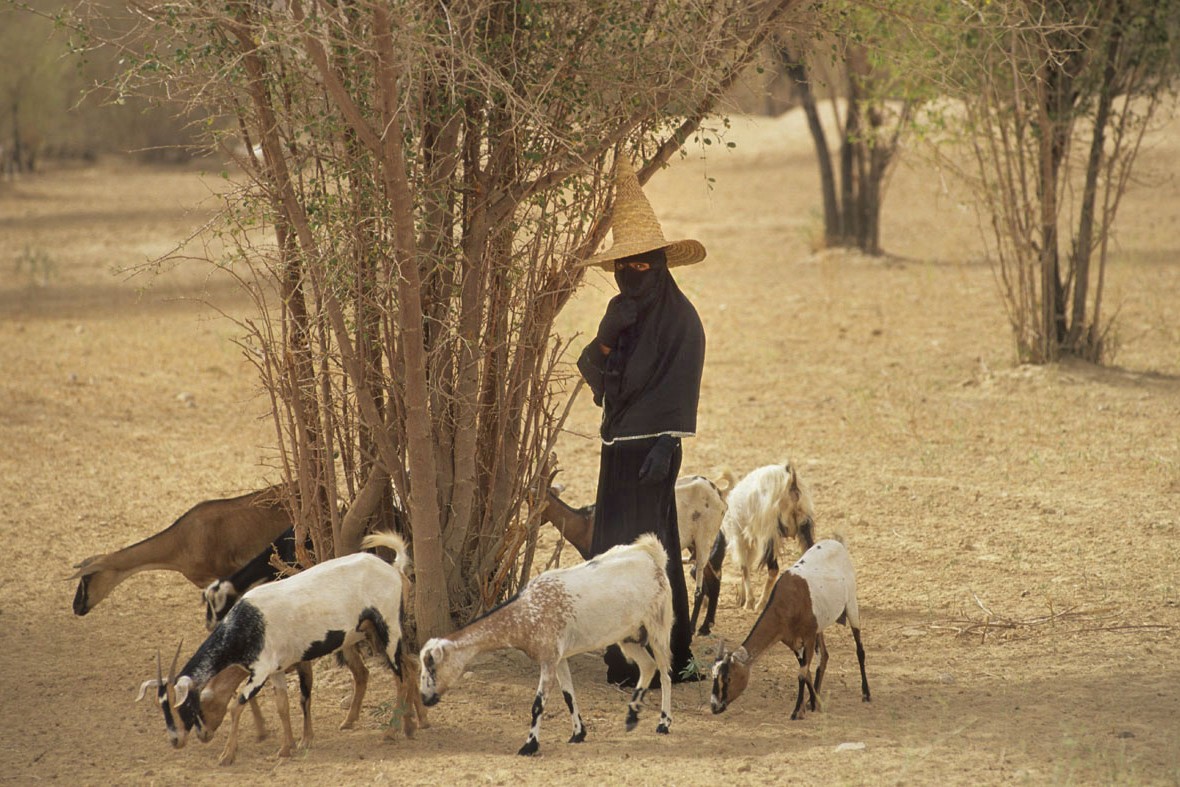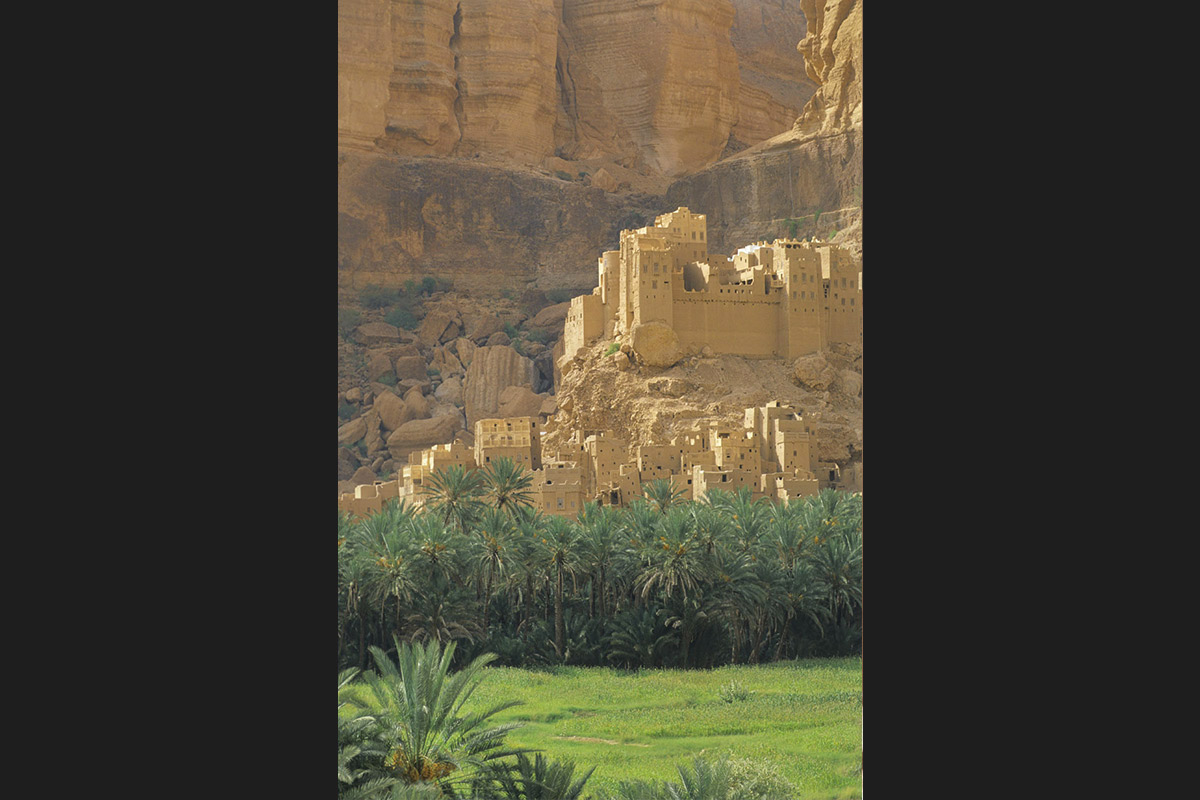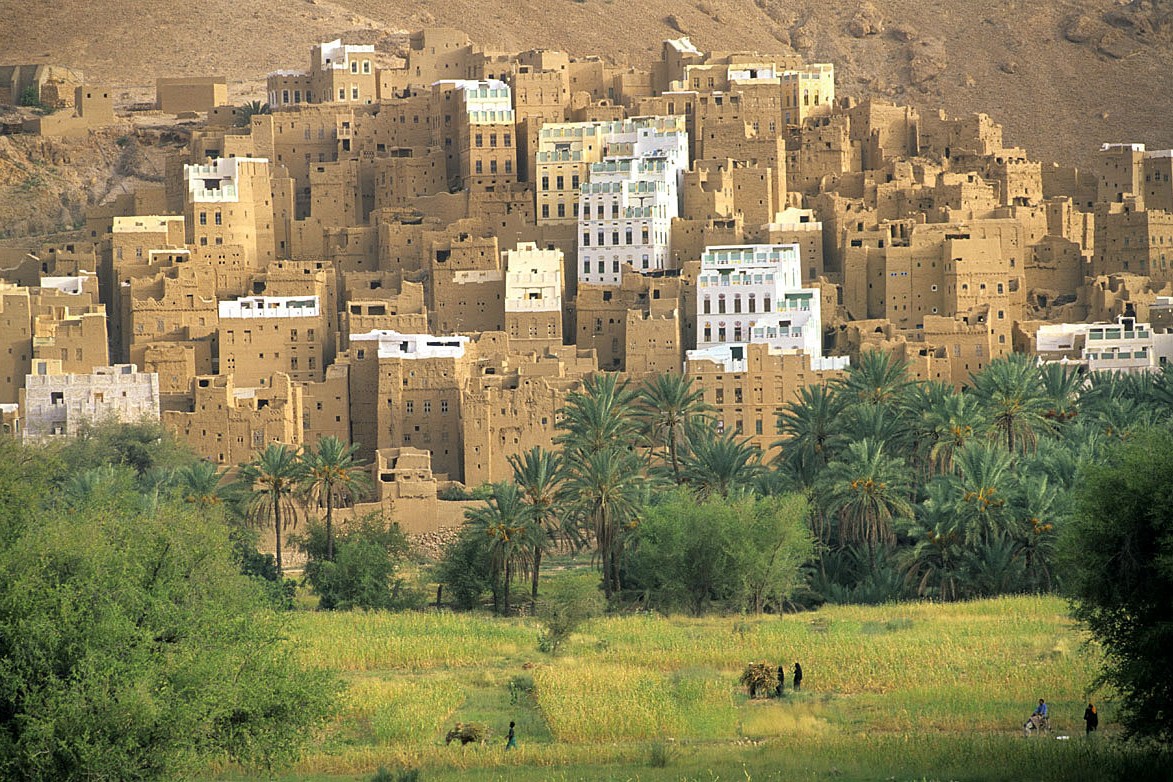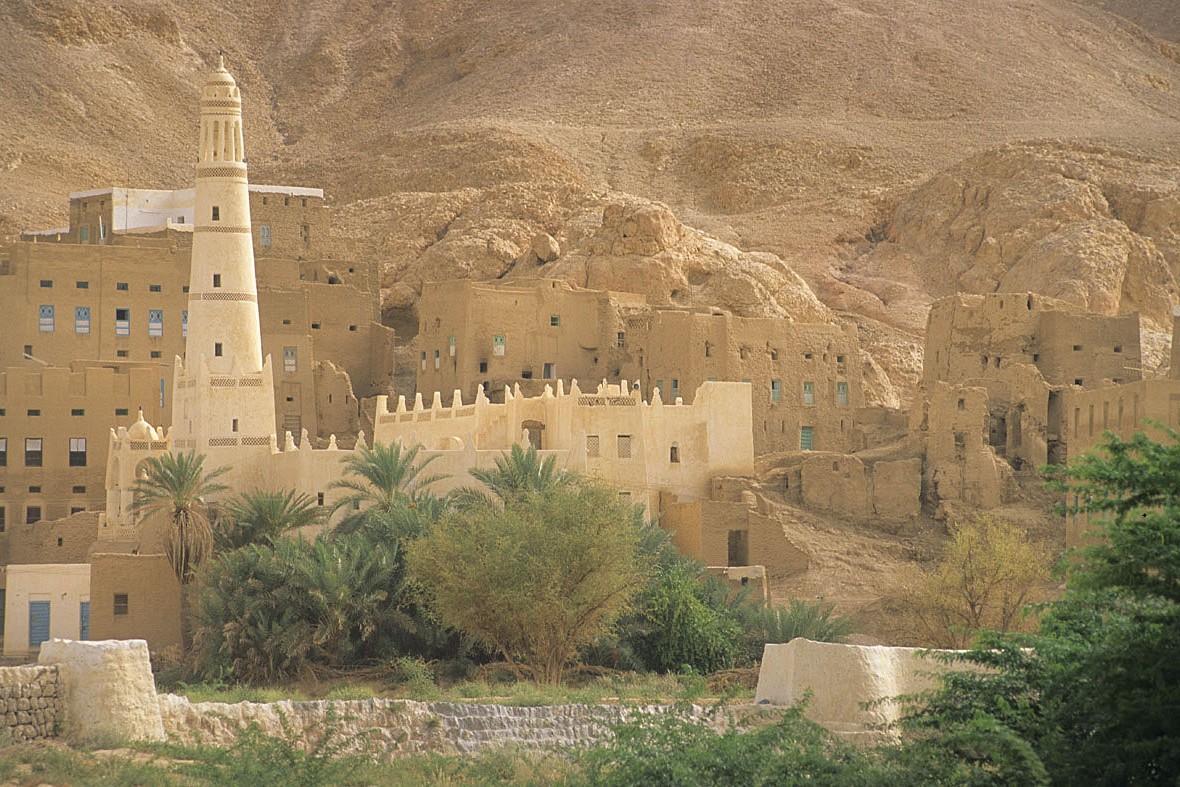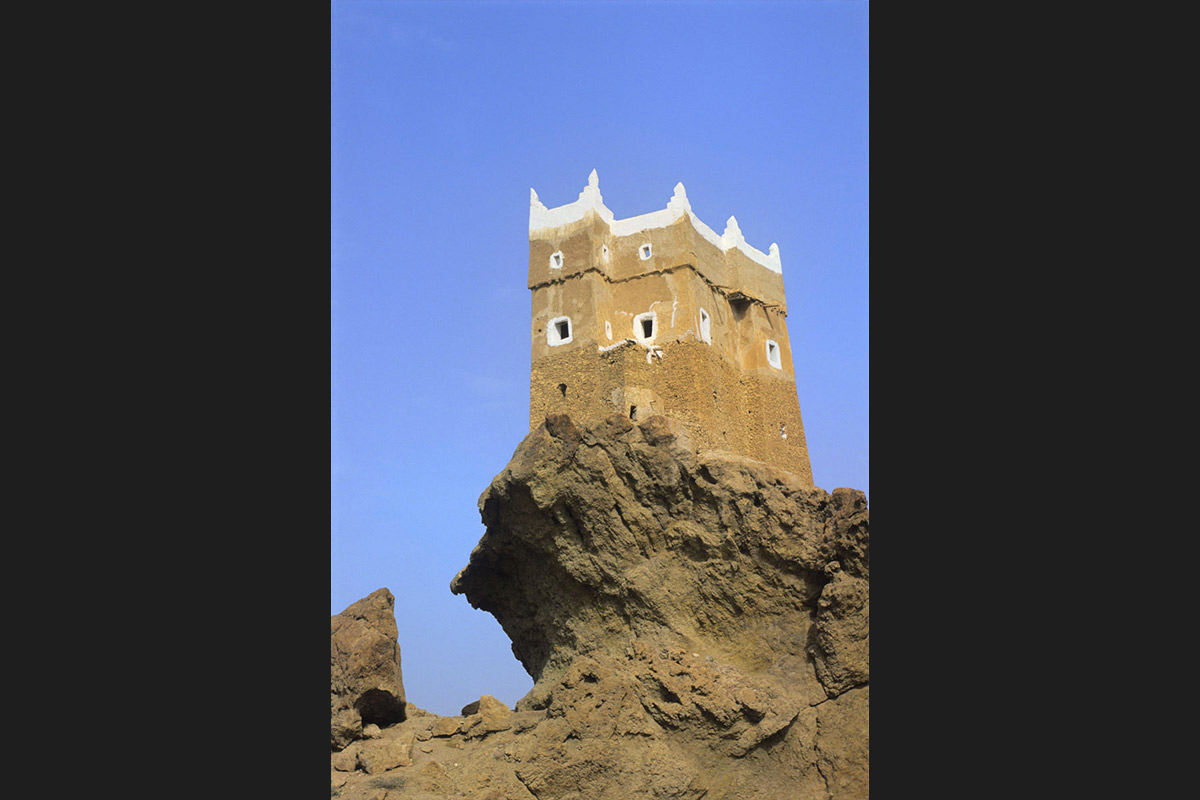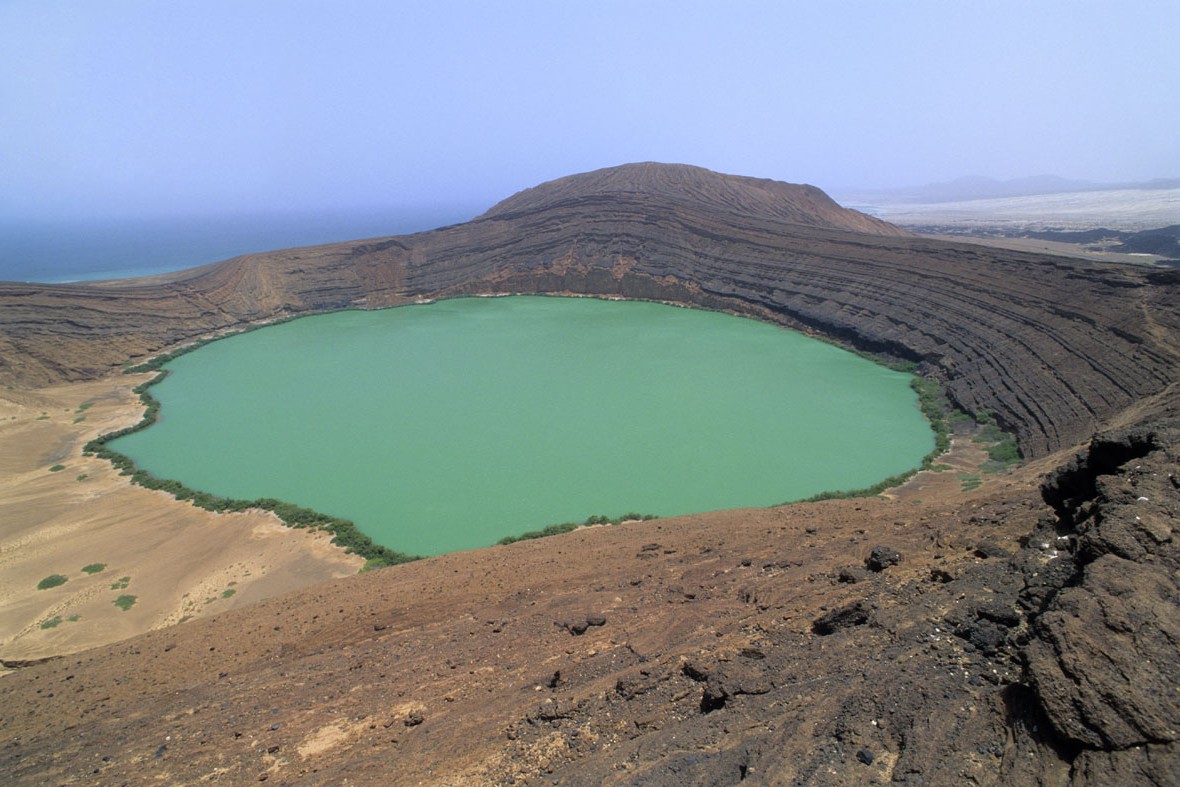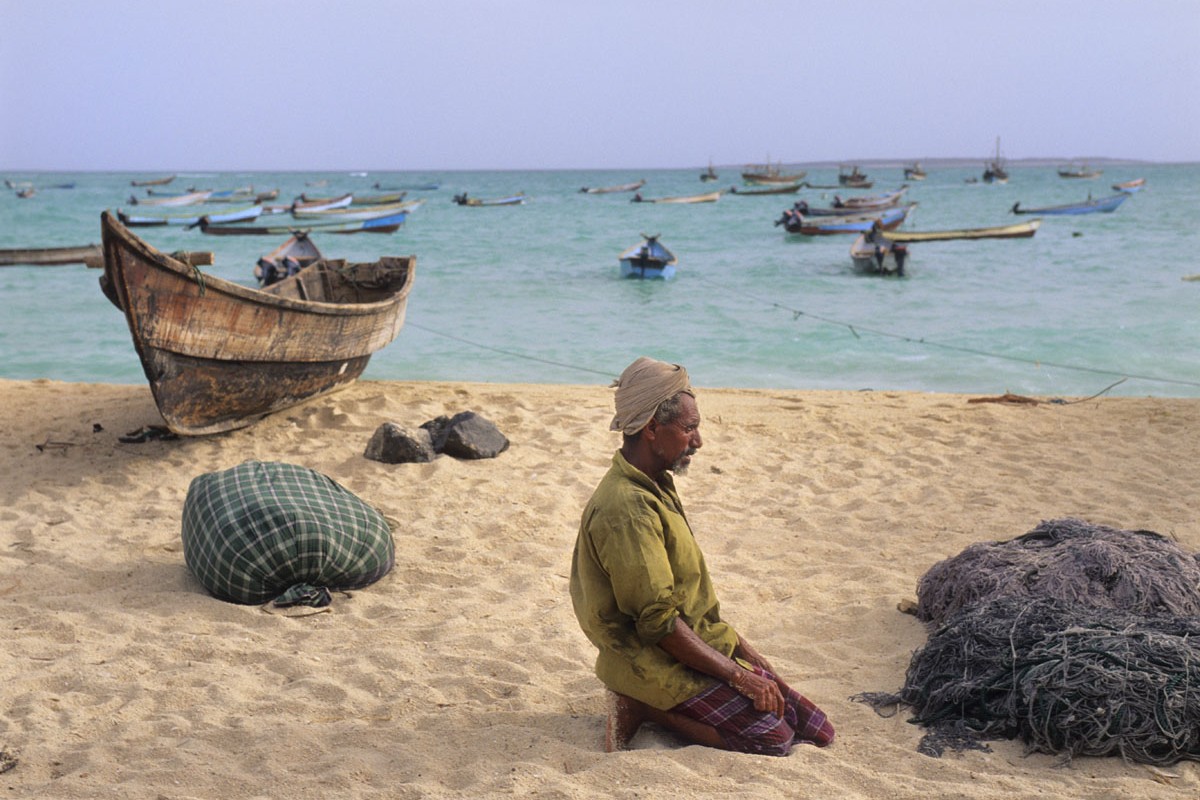Yemen: The incense road
Yemen owes its ancient name of “Happy Arabia” to the culture and trade of myrrh and incense which made its fortunes throughout High Antiquity. The Bible makes frequent reference to the fruitful trade of the Sabaean merchants who transported, on the backs of camels, incense and myrrh from the Hadramawt in former South Yemen all the way to Lebanon and Palestine. In particular, it evokes “the great abundance of spices, the like of such never again came”, that the Queen of Sheba offered as a gift to King Solomon.
Reopened in 1990, following the reunification of the two Yemens, the Incense Road remains, despite the risks due to the country’s political instability, a mythic journey. Looking like the Garden of Eden after the furnace of the Ramlat as Sab’atayn desert, the magnificent valley of Hadramawt still bears testimony of the golden age of the caravans. Called “the Manhattan of the desert”, its capital, Shibam is spiked with nearly 500 earthen skyscrapers 5 to 7 storeys high. But most of the incense trees have disappeared. They can only be found in the wadi Do’an, another splendid valley dotted with dazzling villages and fortresses, blending perfectly into the recesses of high sandstone cliffs. Only a handful of Somalians still work themselves to death climbing these abrupt slopes, crossing those stony plateaus burnt by the sun, to slash the trees and gather the precious resin. The decline in the incense trade is nothing new : it goes back to the decline of paganism, the great consumer of aromatic plants, under the pressure of nascent Christianity, hostile to ritual fragrances.
 Christophe Boisvieux
Christophe Boisvieux